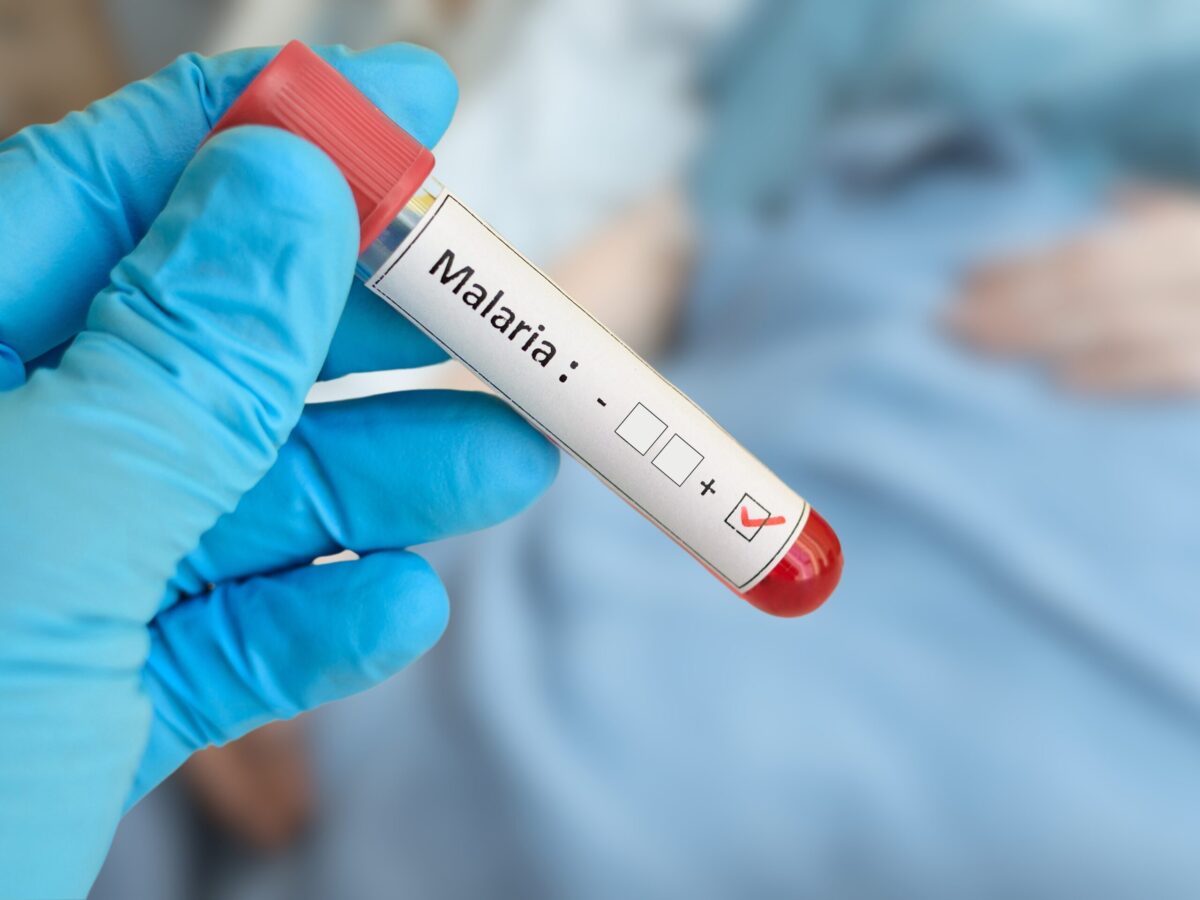Recently, Eli Lilly revealed promising results from a mid-stage trial, indicating that its popular drug, tirzepatide (marketed as Zepbound and Mounjaro for weight loss and diabetes, respectively), may be an effective treatment for the fatty liver disease metabolic dysfunction-associated steatohepatitis (MASH).
There are currently no FDA-approved drug therapies for MASH, and the disease is characterized by excess fat accumulation and inflammation in the liver, which leads to liver scarring or fibrosis. MASH is known to occur in an estimated three to five percent of adults in the US.
Tirzepatide’s mechanism of action involves activating two naturally produced hormones: glucagon-like peptide-1 (GLP-1) and glucose-dependent insulinotropic polypeptide (GIP). This combination helps slow down the emptying of the stomach, thus prolonging the feeling of fullness and suppressing appetite by reducing hunger signals in the brain.
XTALKS WEBINAR: Community-Based Research: A New Frontier of Sites and the Benefits for Clinical Trials — Part 1
Live and On-Demand: Wednesday, March 27, 2024, at 2pm EDT (11am PDT)
Register for this free webinar to gain insights into how participant representation in research can be improved by offering clinical trials in community healthcare settings.
Clinical Trials for MASH Treatment
The tirzepatide trial involved approximately 190 adults with MASH at different stages. In the trial conducted by Eli Lilly, the main goal of effectively treating MASH without exacerbating liver fibrosis was met. The highest dosage of tirzepatide, 15 mg, led to approximately 74 percent of participants being free of MASH without any progression in liver scarring over a year, in stark contrast to just 13 percent in the placebo group. These results were disclosed in Eli Lilly’s announcement of its fourth-quarter 2023 financial results.
The secondary objective of measuring the reduction in liver scarring was termed to be “clinically meaningful” by Eli Lilly across all dosage levels. Furthermore, the adverse effects (such as nausea, diarrhea, vomiting and stomach pain) reported in the study were consistent with the previous tests of the drug and are known to be commonly associated with incretin mimetics.
Although tirzepatide has demonstrated anti-MASH effects, its impact on reducing fibrosis remains a point of interest. While it showed clinically meaningful results in reducing fibrosis by at least one stage, the trial was not specifically designed to statistically evaluate fibrosis improvement.
The company is now optimistic about the results and was excited about tirzepatide’s ability to reduce liver scarring. Eli Lilly plans to present comprehensive results from this trial at an upcoming medical conference later this year.
The importance of identifying effective solutions for MASH is evident from the overall interest from the pharmaceutical industry and the competition in developing treatments for this serious liver condition.
Novo Nordisk has been conducting studies on semaglutide (marketed as Wegovy for weight loss and Ozempic for diabetes) and it is reported to be in a late-stage trial targeting MASH. However, as reported in 2022, a mid-stage trial on semaglutide (which only focuses on targeting GLP-1) in MASH patients demonstrated mixed results.
Madrigal Pharmaceuticals is expected to receive the first FDA approval for a MASH treatment as it awaits a regulatory decision on its drug candidate, resmetirom, by March 14.
Although incretin drugs such as tirzepatide may address certain aspects of MASH, they may not be a complete solution for patients with advanced fibrosis. Instead, multiple drugs and their combinations could become the standard of care for this metabolic disorder in the future.
Related: LillyDirect: New Home Delivery Service for Eli Lilly’s Diabetes, Weight Loss and Migraine Drugs
Future Direction for GLP-1 Receptor Agonist Medications
Currently, many drug candidates with similarities to tirzepatide are undergoing clinical trials, some of which are listed below:
- Semaglutide: This is a GLP-1 receptor agonist, available in both injectable and oral formulations, developed by Novo Nordisk. Compared to other GLP-1 receptor agonists, it has demonstrated superior efficacy in reducing HbA1c levels and promoting weight loss. There are also ongoing clinical trials that are exploring its potential applications in cardiovascular disease and NASH.
- Liraglutide: This is another GLP-1 receptor agonist developed by Novo Nordisk, which has similarities with tirzepatide in its mechanism of action. It has been approved for treating diabetes, obesity and cardiovascular risk reduction. Clinical studies demonstrated liraglutide to be effective for improving glycemic control, inducing weight loss and reducing cardiovascular risk factors.
- Exenatide: This is also a GLP-1 receptor agonist developed by AstraZeneca, marketed as Byetta (injectable) and Bydureon (extended-release injectable). It has been approved for treating diabetes; however, although it has efficacy in reducing blood glucose levels and body weight, its use is limited because frequent injections are required. There are on-going studies to develop formulations with extended duration of action.
- Dulaglutide: This is a once-weekly GLP-1 receptor agonist developed by Eli Lilly, marketed as Trulicity. It has been approved for treating diabetes and obesity. Similar to tirzepatide, dulaglutide stimulates insulin secretion, inhibits glucagon release and promotes satiety.
- Lixisenatide: This is a GLP-1 receptor agonist developed by Sanofi, marketed as Adlyxin. It has been approved for treating diabetes and shares similarities with other GLP-1 receptor agonists in its mechanism of action, i.e., improving glycemic control and promoting weight loss through enhanced insulin secretion and reduced food intake.
These candidate drugs are a small sample from a diverse array of GLP-1 receptor agonists that are being tested by pharma companies in varying formulations, dosing regimens and clinical profiles.
Tirzepatide’s efficacy in MASH treatment is just one facet of ongoing research into its broader therapeutic potential. Trials assessing its efficacy in conditions such as obstructive sleep apnea, heart failure with preserved ejection fraction (HFpEF), obesity and cardiovascular outcomes are on-going, indicating its versatility across various medical domains. As the pharmaceutical landscape evolves, tirzepatide’s robust clinical profile positions it as a frontrunner in addressing unmet needs in metabolic disorders, offering hope for patients and clinicians alike.












Join or login to leave a comment
JOIN LOGIN